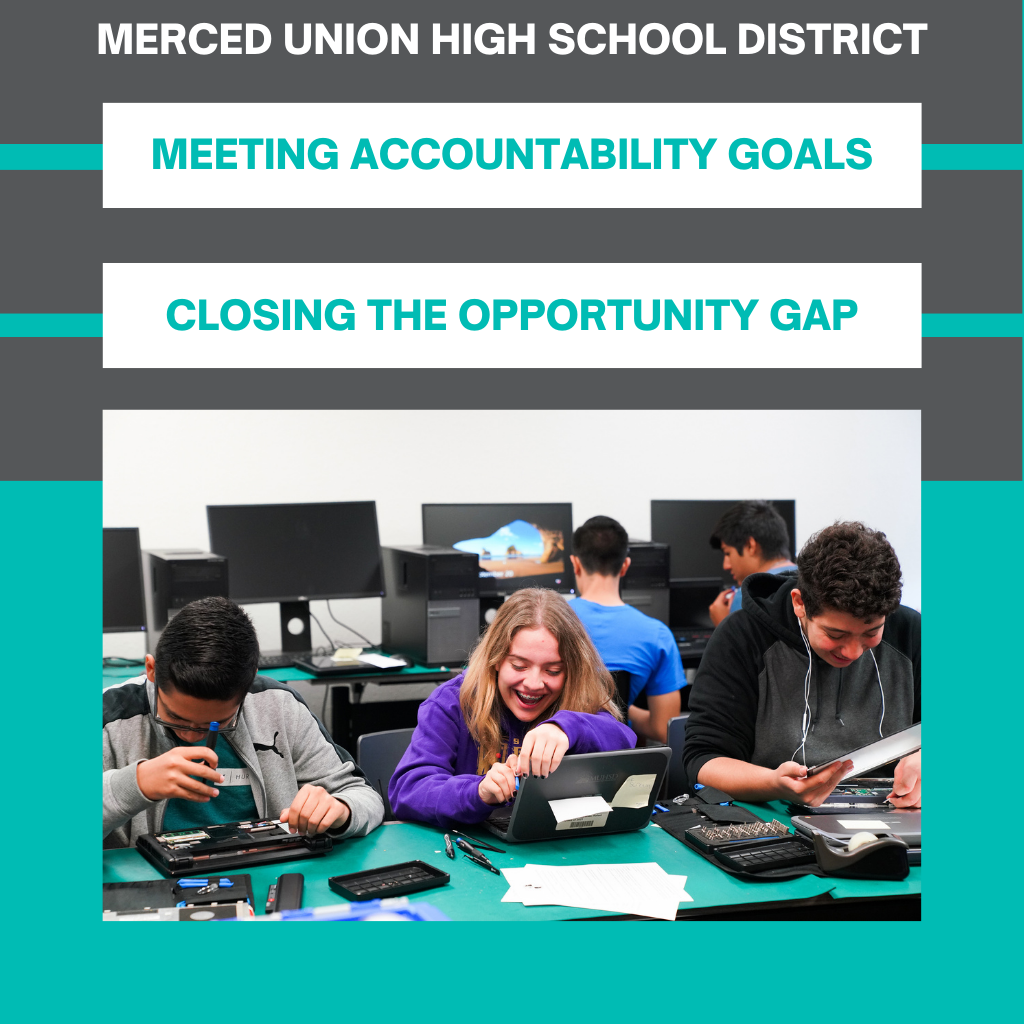3 Big Plays: Highlight Your Vision for Readiness in Your School Culture

Content without purpose is only trivia.
– Steve Revington

INTRO
Purposeful Learning focuses on the alignment between learning approaches and a holistic, shared, vision for readiness. It includes universal approaches to instructional design such as common language, frameworks, and philosophy, that allow students to see continuity between every class period, every day.
These connections should be explicit between classrooms. One way to do this is by having consistent rituals and routines that reinforce your vision for readiness to help create a coherent experience for every student.
OBJECTIVES
- Create explicit connections between the student experience and your school’s vision for readiness
- Rally the school community around a shared focus
- Transform your grading structure to be clear and meaningful tool for all students
These three suggestions are easy Big Plays to move your school’s vision forward.
 Link Student Experience to Your Vision for Readiness
Link Student Experience to Your Vision for Readiness
Employ “macro-structures” that link the student experience through the lens of your vision for readiness. Use reflective practices that start in 9th grade and culminate with a senior capstone project.
For example, Savanna High School in Anaheim has a Capstone Project where students reflect on their work starting in 9th grade using the schools shared student learning capacities. For their senior exit interview, they create a portfolio of these reflections to share their growth with a panel of adults from the community.
 Rally Around a Focus
Rally Around a Focus
Implement a strategy to a schoolwide focus by expanding a strength already within your school community, or developing a new focus based on the feedback from your students, staff, and families. This could require a restructuring of the master schedule or developing a schoolwide career pathways program.
Exploring ways of integrating the arts, or design-thinking into the experience of every student at your school by adding more culturally responsive courses like a Hip Hop & Literature course in the English department. This example would require curriculum development. It also might include conducting a student survey about their interests in order to offer courses or experiences that are engaging and relevant to them.
 Shift Your Grading Structure
Shift Your Grading Structure
Shift to a grading structure where students’ grades are inclusive of both content knowledge AND student learning outcomes such as collaboration and critical thinking. A vital step in this process is working with staff to determine what grading for specific student outcomes, such as communication looks like, and then ensuring that students have a clear understanding of this as well.
REFLECTION
- Purposeful learning is about connecting Period 1 to Period 2, which connects to Period 3, and so on. It is about aligning what you do, and connecting the structures in place, to the vision for readiness.
- At an elementary level, it’s connecting the different content areas and concepts learned throughout the day, unit, year.
- What are the individual educators in your school doing to connect with what the school is trying to accomplish collectively
TIPS
- Big Plays are more substantial efforts that take 6-18 months to fully accomplish.
- Give yourself, your leadership team, and your school time to survey all stakeholders, brainstorm and plan for possible solutions, and check in with stakeholders along the way
- Remember, this is not a quick fix: You’re establishing schoolwide changes that should better serve all students for years to come
- Give yourself, your leadership team, and your school time to survey all stakeholders, brainstorm and plan for possible solutions, and check in with stakeholders along the way
- Review the resource link about how Samueli Academy established equitable grading practices for ideas and inspiration on different ways your school can move towards better integrating its shared purpose and vision for readiness
- The goal is not to copy what other schools do (every school is different after all), but to use their success to reflect on what could work best for your own school




Responses